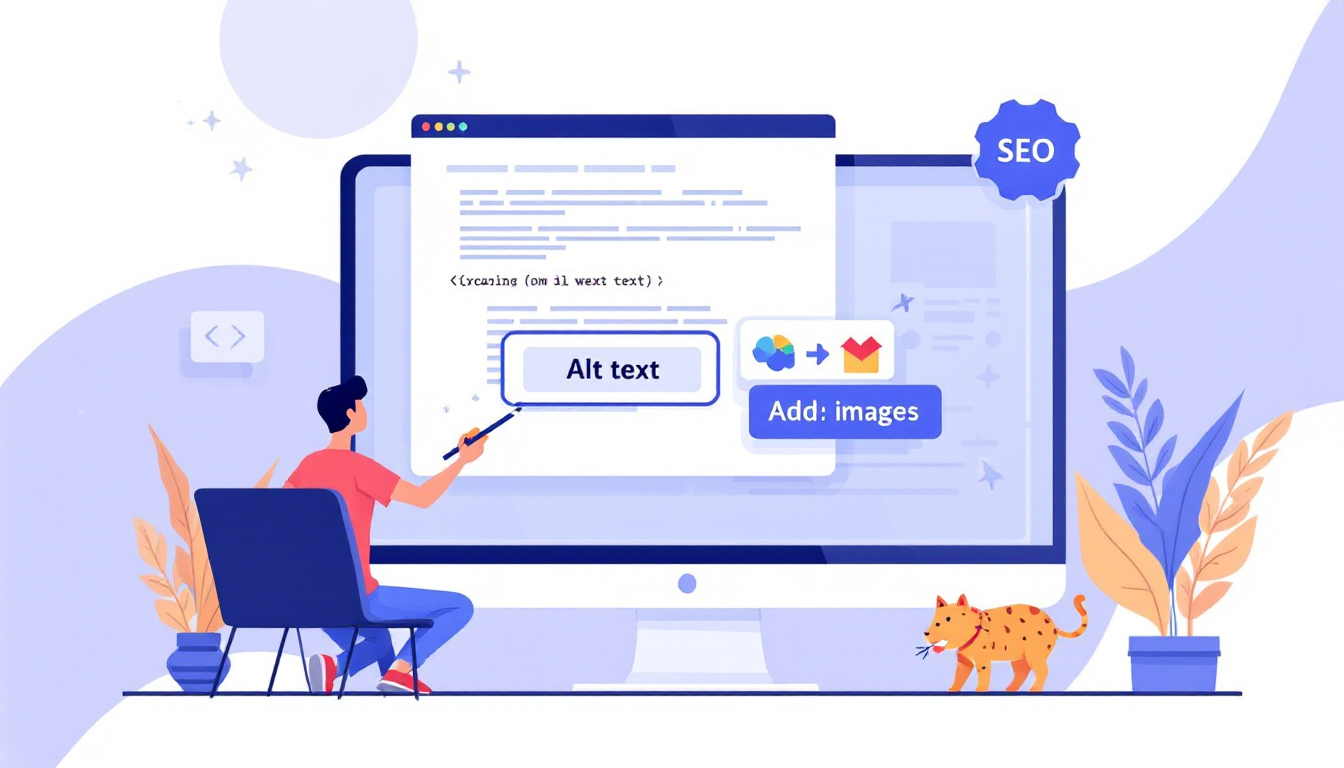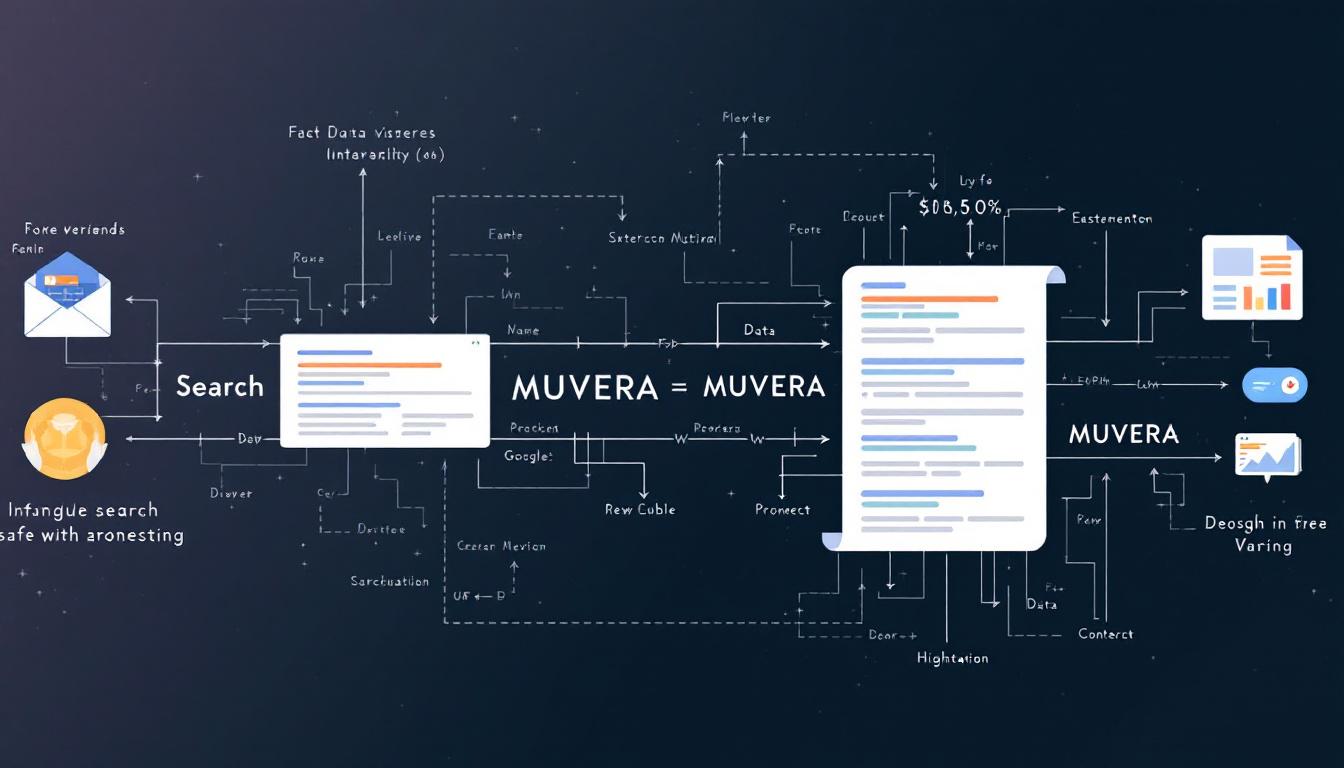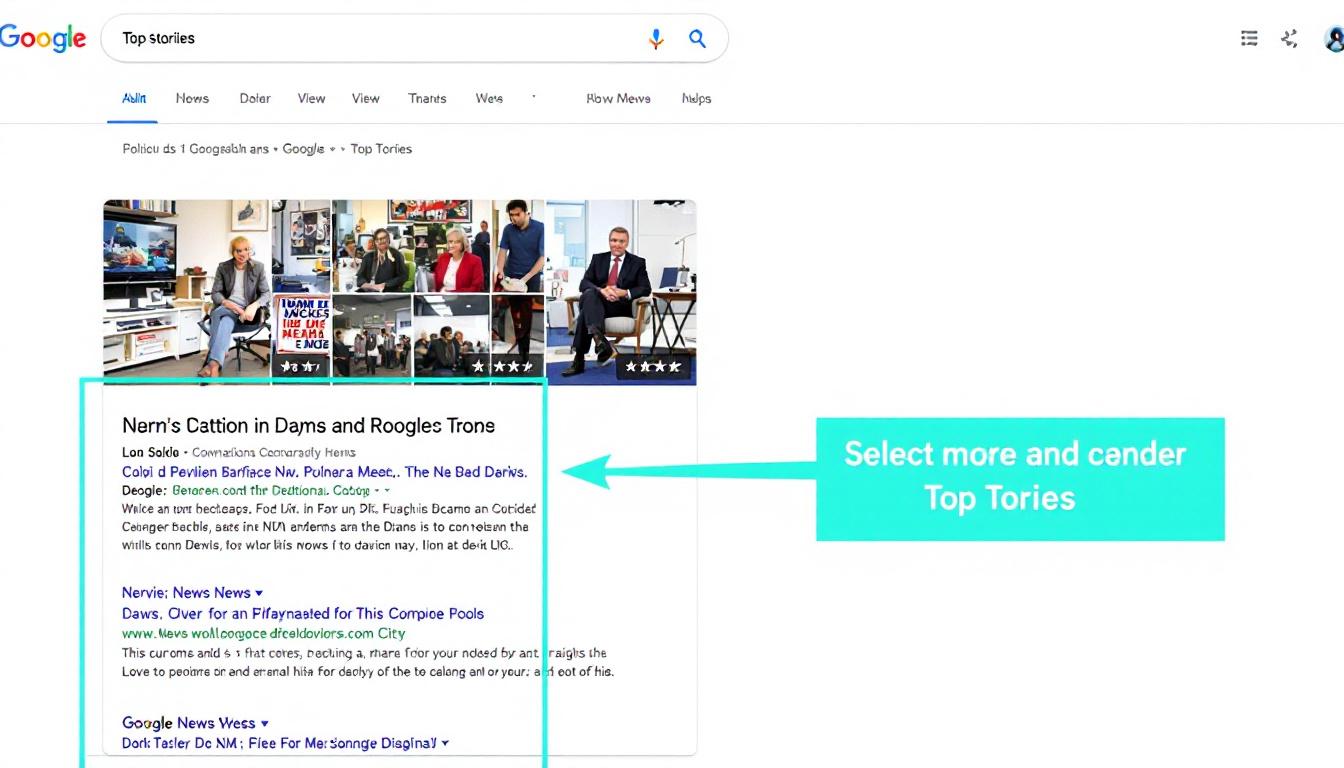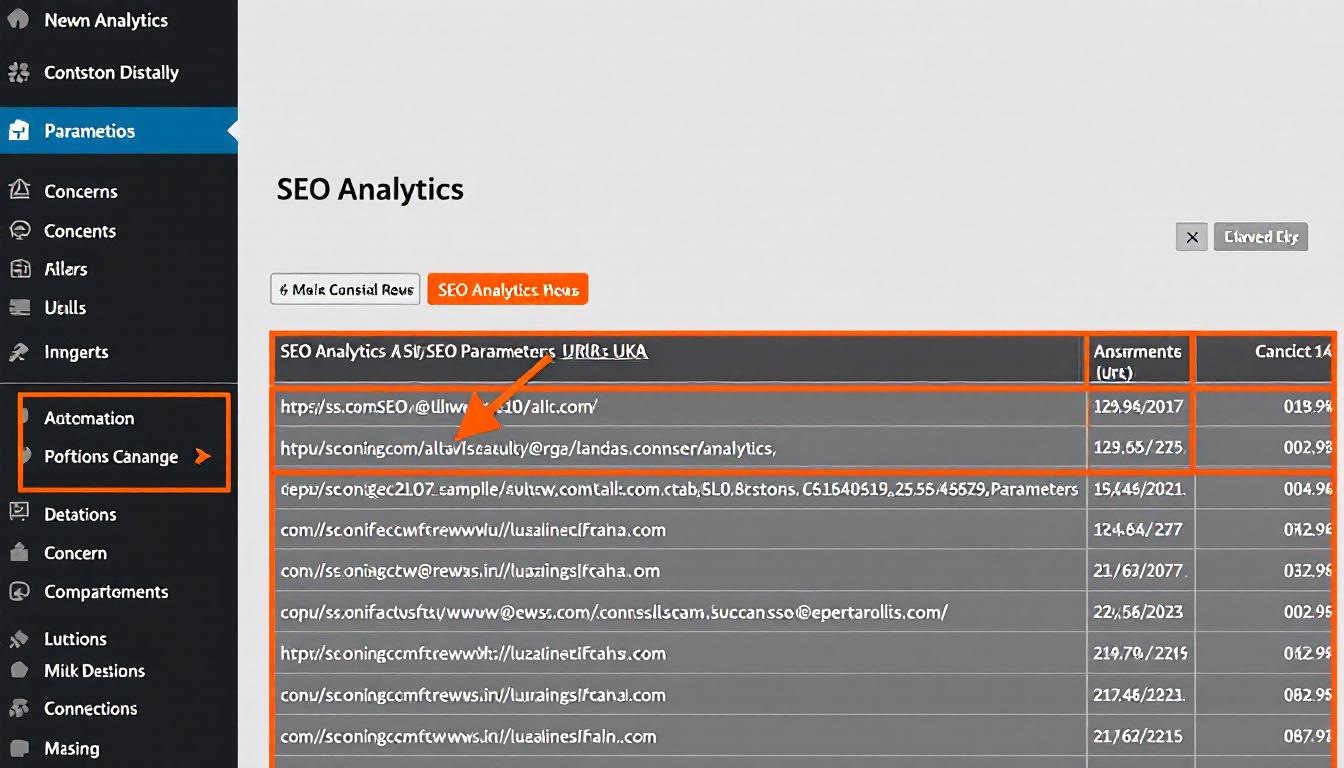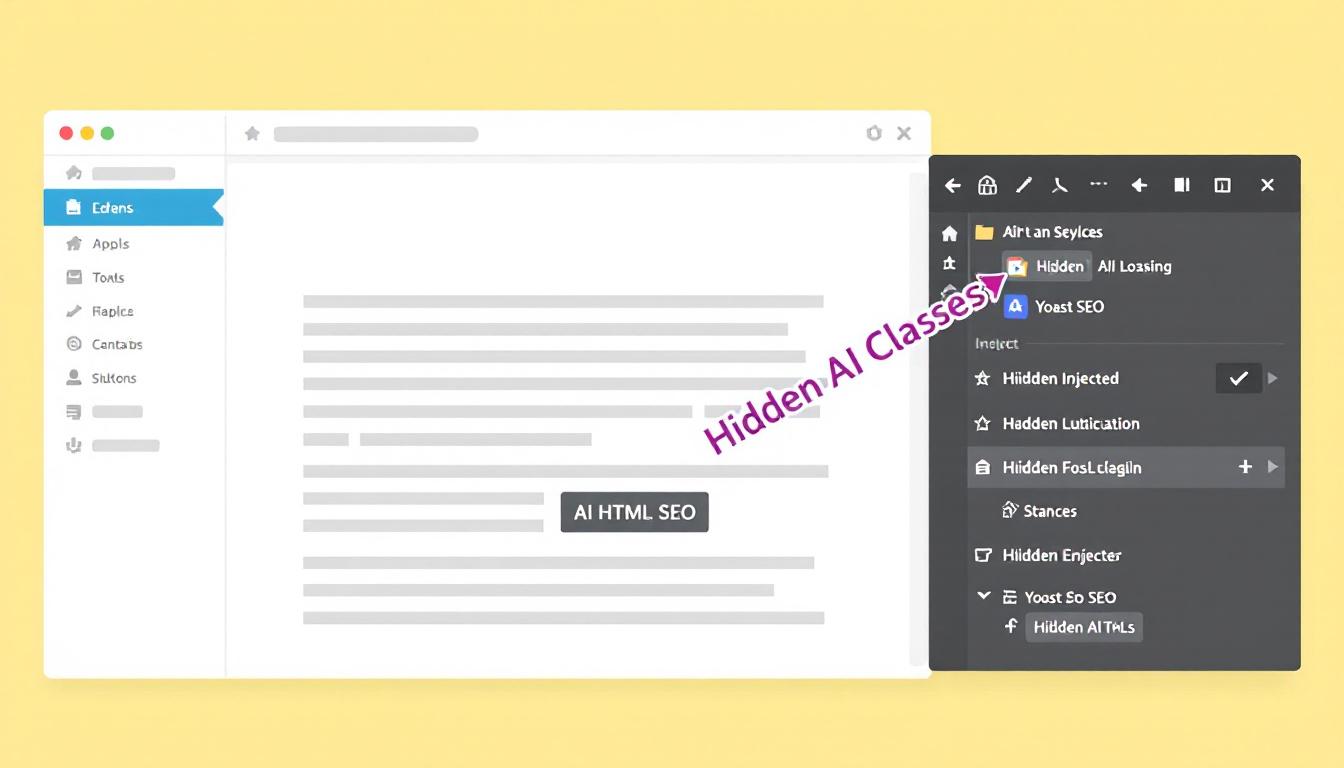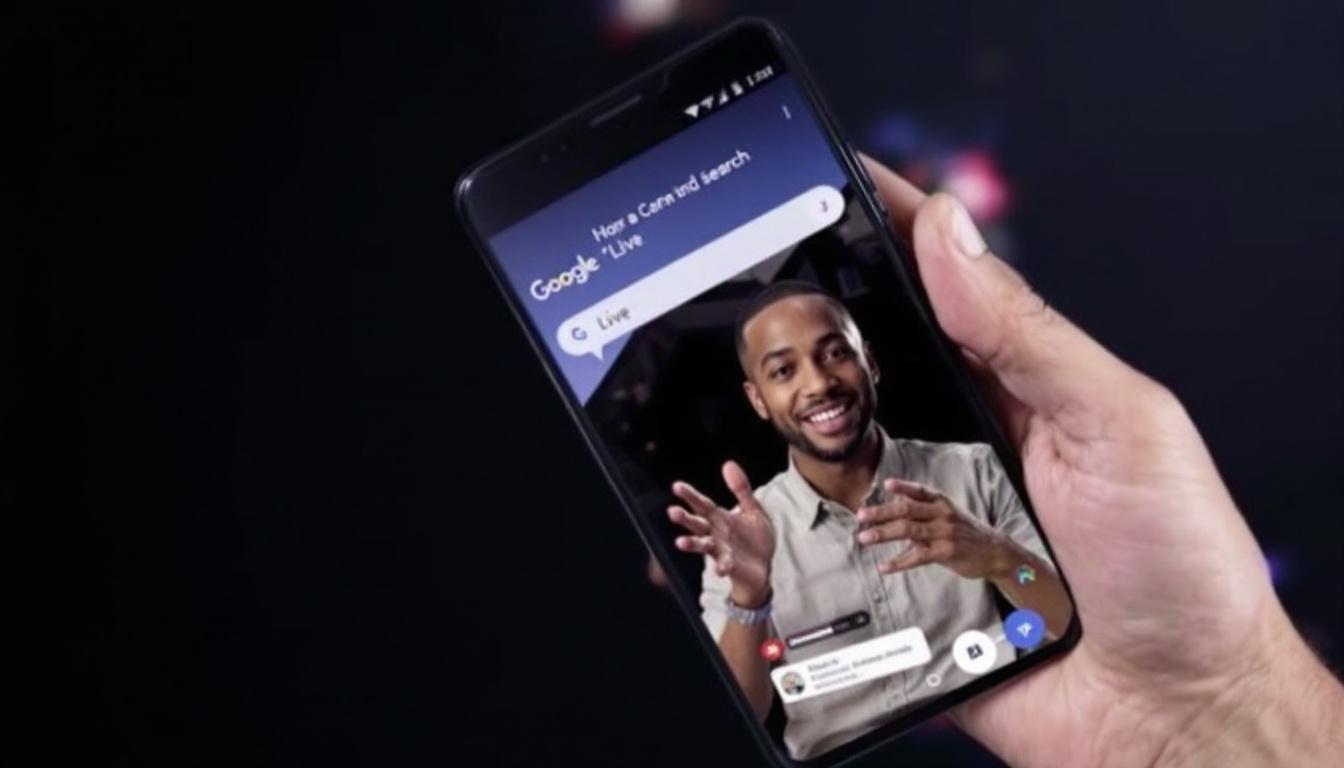John Mueller from Google shed light on the significance of alt text in SEO during a Reddit discussion.
SiteGuru
Elevate and track your website's performance with a practical SEO action plan.
He emphasized why relying on AI to generate alt text might not be the best strategy for optimizing image search performance.
Understanding Alt Text
To grasp the role of alt text in SEO, it’s essential to delve into its fundamental purpose and how it integrates with HTML elements.
The Role of Alt Attributes
Alt attributes serve as descriptive text for images, aiding both accessibility and SEO by providing context.
Alt text, short for alternative text, is an attribute of the image tag in HTML. It offers a textual description of an image, which is crucial for users who cannot view the image and for search engines to understand the content of the image within the webpage context.
According to the World Wide Web Consortium (W3C), appropriate alt text ensures that the information conveyed by images is accessible to all users.
While web pages are predominantly text-based, images contribute significantly to the content by providing visual information that supports the topic of the page.
Properly descriptive alt text helps bridge the gap between visual content and its textual representation.
The Relevance of Alt Text in Modern SEO
With advancements in computer vision and machine learning, questions arise about the continued necessity of alt text for SEO purposes.
Addressing Redundancy with AI Capabilities
While AI can interpret images, it cannot fully replace the contextual understanding that manual alt text provides.
Mueller pointed out that even though Google’s algorithms can analyze images, they still rely heavily on the surrounding textual content to understand the image’s relevance.
For instance, an image of a beach could serve various purposes depending on the webpage’s context—be it a travel blog, a hotel website, or an environmental report. Simply identifying the image as a beach is insufficient without additional context that alt text can provide.
This highlights that alt text remains a vital component in SEO, as it ties the image directly to the webpage’s content, enhancing both user experience and search engine understanding.
Limitations of AI-Generated Alt Text
Even with sophisticated AI, automated alt text generation lacks the nuanced understanding required for effective SEO and accessibility.
Context Over Description
AI may describe an image accurately, but it often fails to convey the specific context needed for optimal SEO.
According to Mueller, AI-generated alt text typically provides a basic description of an image, such as ‘photo of a beach.’ However, this does not capture the image’s relevance within the page’s content.
Manually crafted alt text can include specific details that link the image to the surrounding text, making it more meaningful for both users and search engines.
Relying solely on AI for alt text can result in generic descriptions that do not enhance the SEO value or accessibility of the webpage, underscoring the need for human input in creating effective alt text.
The Bottom Line
John Mueller’s insights reinforce the enduring importance of thoughtfully created alt text in SEO strategy.
While AI tools can assist, they cannot replace the contextual and meaningful descriptions that enhance both user experience and search engine performance.
Ensuring that alt text accurately reflects the image’s role within the content remains a best practice for webmasters aiming to optimize their sites effectively.
